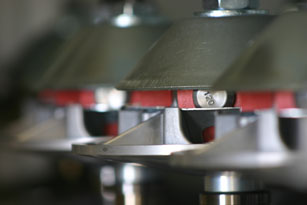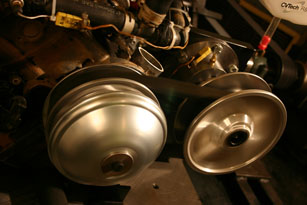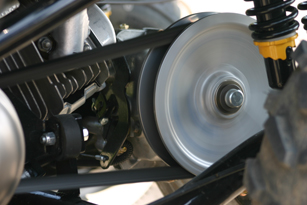What is a CVT?
A CVT (Continuously Variable Transmission) is a system that allows the selection of an infinite number of ratios by progressively varying the transmission ratio between the input and the output.

How it works

A CVT consists of a drive pulley installed on the motor shaft and a driven pulley attached to the vehicle’s clutch system. The two variable geometry pulleys produce progressive changes in the drive belt diameter. This type of system ensures an almost constant engine RPM during most of the acceleration, which helps to optimize the use of the motor.
Its advantages
Continuously Variable Transmissions provide definite advantages, especially where efficiency, fuel savings and comfort are concerned.
Any pressure put on the accelerator progressively changes the speed ratios by varying the diameter of the pulleys. So, the ratios don’t change all at once, but progressively and regularly, providing better performance during acceleration. As well, the CVT requires less fuel since the engine never revs faster than necessary, which also means less noise. In short, the CVT has none of the disadvantages of a manual transmission (for example, the power interruptions characteristic of such transmissions), and provides all the advantages of the classic automatic gearbox, without the inconveniences.


